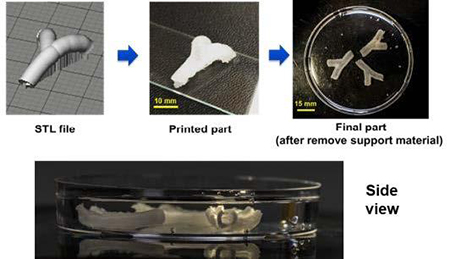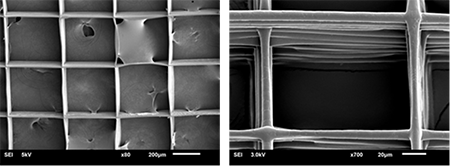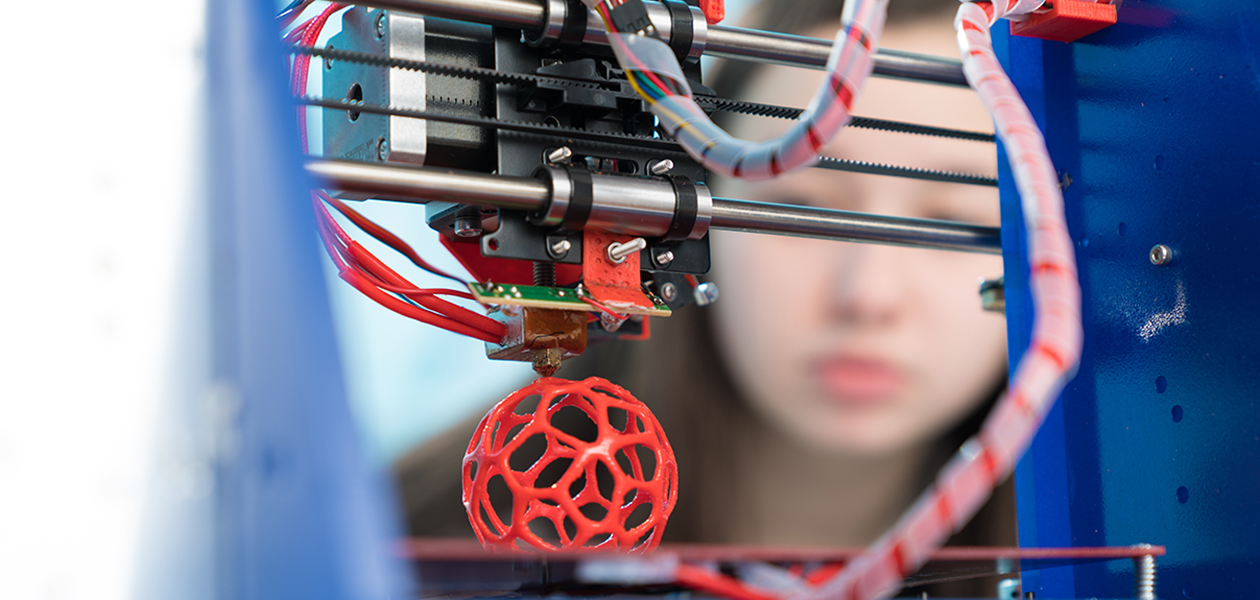3D printing gets an upgrade
Though 3D printing has been around for a while, it’s still regarded by many as a niche technology. These three TechOffers promise to finally bring 3D printing into the mainstream.
Here’s a riddle for you: What’s almost 40 years old yet still feels as new as ever? You’d be surprised that the answer is 3D printing.
Back in 1983, Chuck Hull used a new technique known as stereolithography to create a small black eye wash cup, considered as the first-ever 3D-printed object. By shining targeted ultraviolet (UV) light into a vat of photopolymer—a liquid resin that hardens into a plastic-like solid upon exposure to light—Hull found that he could assemble objects layer by layer in almost any conceivable shape.
Since then, 3D printing technology has significantly advanced. It’s been used to fabricate everything from prosthetic legs to microscopic race cars and even a functional unmanned aircraft. Compared to traditional manufacturing processes, 3D printing offers unparalleled design freedom, finding its niche in rapid prototyping applications. Beyond the printing of polymer parts, technologies such as powder bed fusion (PBF) which uses high-powered lasers to melt and fuse metal powders together have also been developed.
While the possibilities of 3D printing are seemingly endless, the technology has yet to be widely adopted by global manufacturers. Many obstacles still remain. This month’s TechOffers features three much-needed developments that could help 3D printing finally live up to its hype.

Detecting defects with deep learning
3D printing has struggled to find its footing in part due to relatively slow print times and high unit costs. But there’s another barrier to its widespread adoption: batch-to-batch inconsistencies among 3D-printed parts. Major industries like aviation are particularly reticent to adopt 3D printing, as product consistency is crucial to their success. A single faulty component could have fatal consequences and spell disaster for the company’s reputation.
Typically, anomalies during the printing process are only discovered after the entire part has been printed. The part is thereafter discarded, representing a waste of time, material and money for the company. To address the need for real-time feedback, an intelligent monitoring and defect detection system for powder bed fusion, has been devised.
The system harnesses the power of two cameras—one optical, one infrared—to easily detect defects in the printed products. The system incorporates deep learning analysis of captured images, allowing it to detect and classify these defects—all in real-time. Should a defect be detected, printing can be immediately halted, minimising waste and improving quality control of the process by monitoring every printed layer.

Creating better, stronger bio-inks
An extension of 3D printing known as bio-printing has been touted as the future of organ transplantation. Through bio-printing, living tissue and potentially, whole organs can be produced on-demand. Bio-printing uses biological inks or “bio-inks” composed of living cells and biomaterials to mimic the three-dimensional, physiological environment inside our bodies.
However, a subset of bio-inks known as hydrogels are currently unable to capture the complexity of living tissues, much less organs. These hydrogels also lack structural integrity, preventing stable tissues from being formed. In contrast, a newly-developed hydrogel boasts high mechanical strength, a slower degradation time and the capacity to print intricate biological structures such as blood vessels.
The ability to print blood vessels is especially important as large-scale, three-dimensional structures like organs require blood flow to effectively transport nutrients and carry away wastes from its cells. With this new hydrogel, we are now one step closer to the tantalizing possibility of on-demand organs.

Turning scraps into scaffolds
Successfully growing living cells and tissues in the lab requires a structure known as a scaffold. Inside our bodies, the extracellular matrix (ECM) provides the physical support needed by our cells and tissues. Within the petri dish, however, scaffolds simulate the ECM and act as a template for tissue growth.
Scaffolds can be sourced from animal-sourced ECM and further isolated from its inhabiting cells. But these “decellularised ECMs” suffer from inconsistent quality and carry the risk of animal disease transmission. Hence, alternatives to animal-sourced scaffolds such as the world’s first scaffold created from a plant protein composite (PPC) bio-ink are increasingly popular. The PPC bio-ink was produced using spent grains leftover from food processing, opening a new avenue for such by-products.
Unlike the decellularised ECM, these PPC ink scaffolds do not carry the risk of potential animal diseases. The PPC ink scaffolds have also been shown to possess unique encapsulation properties. This makes it ideal for therapeutic applications such as wound dressing, as the scaffold can release encapsulated medicine in a controlled manner. The scaffold can also facilitate the growth of tissue for use in disease modelling and drug discovery.

